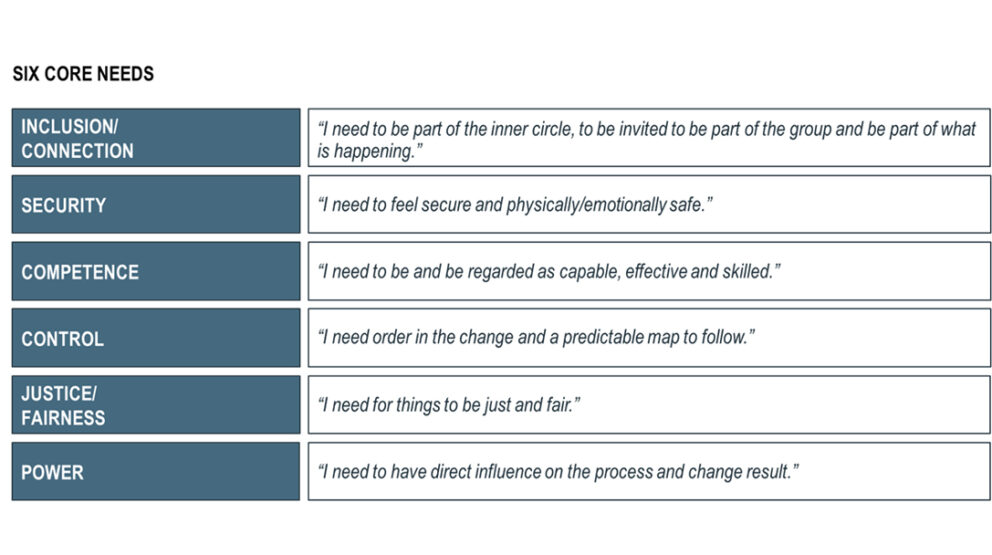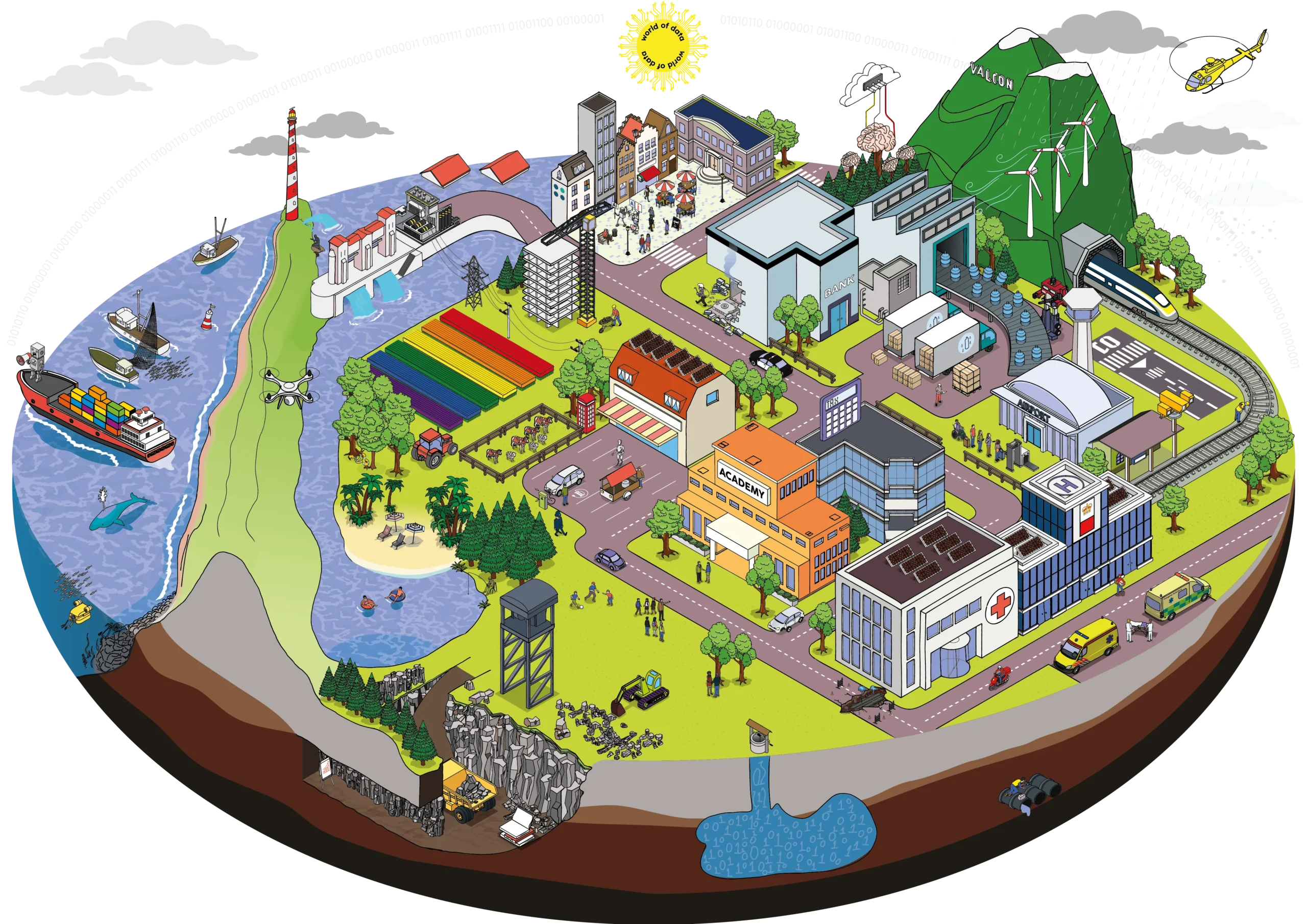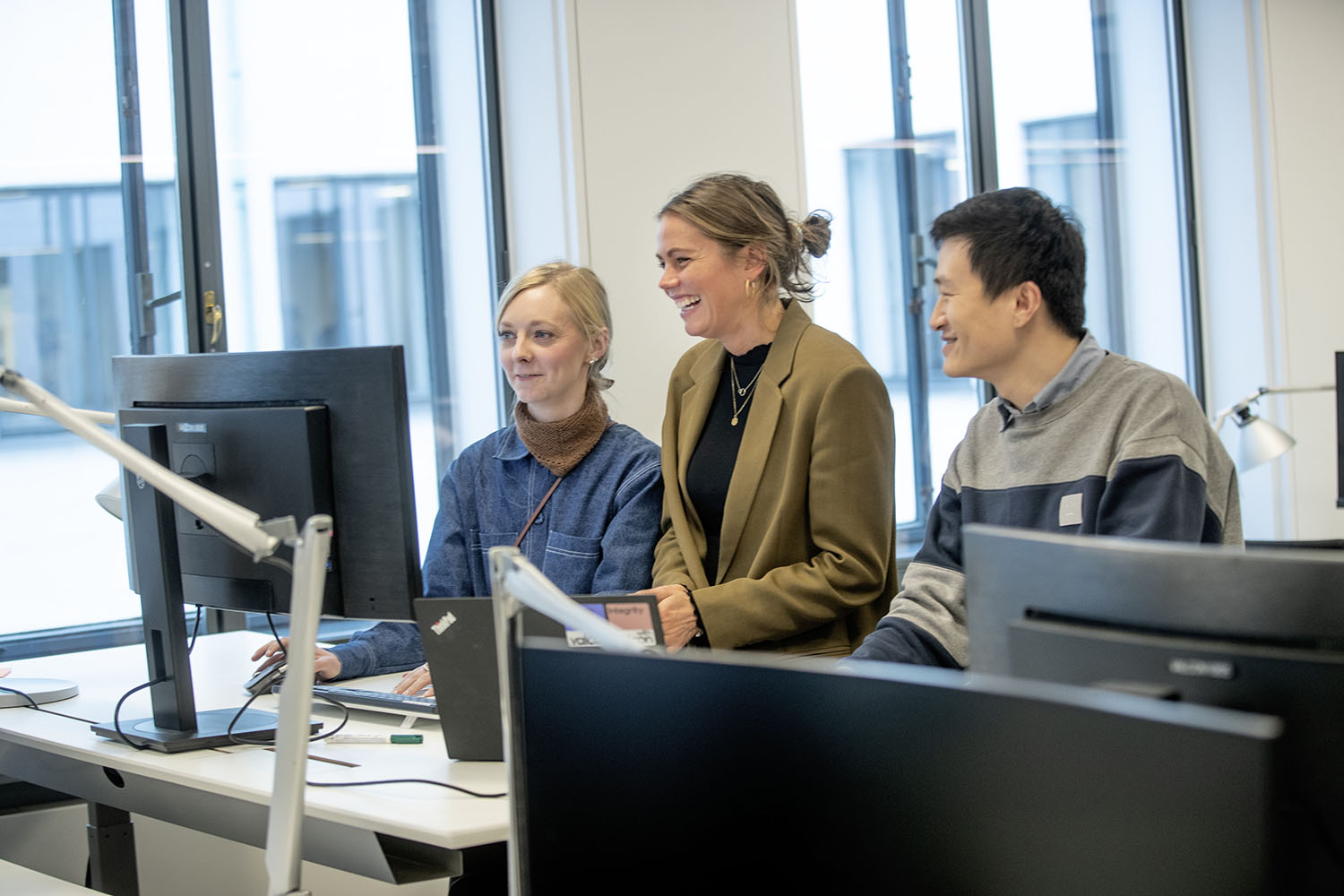Everyone was ready and worked to solve daily challenges, and together, we found new and faster ways to solutions. To many, this even helped strengthen the company’s purpose and priorities, perhaps even your personal purpose of working for that specific company. To others, it was a fight for survival. But after the first few months, we all began to realise that this would be a long-term crisis. And now, the effect of crisis management is no longer enough.
This is no longer crisis management but transformation leadership
First and foremost, it is essential that we do not regard the current situation as a phase or period after which everything will return to normal. The extreme degree of unpredictability and uncertainty caused by the Corona crisis is likely a state here to stay. This means we now have the opportunity and the obligation to use this time to practice a leadership style and work form that fit this new normal. If we and our employees are to be able to navigate a condition of unpredictability, uncertainty and higher change frequency, we first and foremost have to accept and embrace what is and leave what was behind. Only then will we be able to direct our energy in new directions.
The new normal requires a far more flexible and adaptive approach to leadership and work. We still have to be able to define visions and targets, but we also have to constantly adapt to the daily realities, both with respect to the long-term vision and the more immediate targets. For this to succeed, all employees will have to be committed and able to use and develop their professional and personal competencies every day if we are to accommodate the continuous changes we face. It is therefore crucial that our motivation and commitment are nourished. And it is your job as a manager to help your employees find the nourishment for their personal motivation and commitment.
But this is easier said than done in a time where we are experiencing a growing sense of fatigue, after 12 months since the start of the pandemic. Some days, it can be enough of a challenge to motivate yourself. We are seeing and sensing that many of the conventional leadership tools are not working right now. Our recommendations for what can nourish motivation at the workplace, for both you and your employees, will require us to look inwards.
Self-insight is crucial
Our experience with leadership during the pandemic has shown that those individuals, both leaders and employees, who possess solid self-insight are able to activate their own inner motivation far better than those individuals with less self-insight. A good place to start listening is therefore within yourself: How are you feeling in these times? How is your own motivation level, and what could improve this? Use these reflections as a starting point for informal dialogues with your employees. Show vulnerability to receive openness.
Set realistic and present ambitions for you and your team
The next step is to review your ambition as a leader in this current context. In 2020, most of us have adjusted our business ambitions and objectives for 2021. But as leaders, we also need to revise our ambitions for our leadership. An ambition that should be present and make sense. You can find it by identifying the most important leadership result you want to achieve within the next three months. What will it take for your team to be motivated and committed? Now? Once the pandemic has loosened its grip, or when the next major change causes uncertainty?
Once you have defined your ambition, break it down into specific and achievable short-term targets. And once they have been defined, ask yourself what you want to achieve this week and today. Experience shows that, if ambition is too distant in the future or too ambitious, we tend to not do anything about it today. In the meantime, we wear out our motivation. Realising weekly objectives, on the other hand, nourish our motivation. Both as a manager and as an employee.
Accommodate your employees’ individual core needs
Recent months have made it clear to us that we are different and have different preferences, both as individuals and as employees. We have realised that motivation is highly individual and should be addressed individually. We would therefore recommend you to view your employees as the individuals they are and consequently plan an effort and support that fit their core needs. We all have six core needs that are particularly challenged during major changes. If we can identify the 1-2 core needs dominant with our employees, we can target our efforts to accommodate them.
When our core needs are threatened, we react by protecting ourselves, e.g. by resisting. By taking your employees’ core needs into account, you can minimise their resistance to change and strengthen their motivation and commitment.
Core needs can be identified by observing what your employees talk about and what they focus on. If your employee is talking a lot about whether or not he or she is able to become sufficiently involved, this could be a sign that “influence” is a core need for this employee.

Also keep in mind your own core needs, which may also be particularly affected at this moment in time, and pay attention to your own response. Use this focus to consciously work on meeting these needs and to pay attention to your own behaviour when your needs are not met. Have the same dialogue with your employees: Ask them what is important to them, and what they may need from you as their manager.
How to meet core needs
Once you have identified the dominant core needs among your employees and within yourself, feel free to use the following as inspiration for accommodating those core needs:
- Inclusion: Consider how it would be possible to include your employee more. Are there any meetings that it would make sense for your employee to participate in? Could you share more information with your employee? The core need of Inclusion requires a high level of contact and communication. More than anything, employees with this dominant core need are to be left with doubt or concern about not being part of the group.
- Security: Once physical safety is no longer an issue, the need for psychological security becomes prominent. If we are able to show our employees that they are accepted as whole human beings with both strengths and weaknesses, they will spend less energy on protecting themselves and hiding their weaknesses and spend more energy on solving tasks, performing and learning. To accommodate this need, you need to be the kind of leader that dares to reveal their own weaknesses and vulnerability, and who acknowledges those employees who dare to do the same.
- Competence: Employees with a dominant core need for competence will feel more affected by this unpredictable future we are facing. These employees need to know that they will be able to receive training and support in developing the competencies required for the future. Postponing development activities and training will especially affect employees with this core need negatively.
- Control: This core need is best accommodated with a high degree of transparency. Here, employees do not necessarily need to be involved in the decision-making process, but they need to feel that the decision-makers are on top of things and have a plan for responding to the rapid changes.
- Justice/Fairness: Employees with this core need have a need to see that the management team acts fairly. Decision-making processes must be clear and indicate fairness. All individuals should be treated with respect and be treated as equally as possible.
- Power: Employees with this need like to be involved in decisions and will seek to ensure that they as a minimum have a say in the decisions. Allow these employees to make their own decisions where possible. When this is not possible, show transparency and clarity.
Remember to take care of yourself as well
By being curious and attentive to your employees’ core needs, you will be well equipped to ensure that your employees are feeling motivated and acknowledged as individuals, both during and after the pandemic. Do not wait for better times but enable yourself and your employees to thrive in the uncertainty by finding ways to fulfil the fundamental core needs. Our experience is that you are likely to find that this will give you the energy and sense of security that will allow you to embrace the uncertainty.
And remember: No one has ever been in this situation before. Allow yourself room to experiment, make attempts, fail and learn. And also remember to listen to your own core needs and pay attention to your own behaviour when your needs are not met. If you do not give yourself sufficient attention and care, you will not be able to perform with the necessary levels of motivation and commitment in order to be attentive to your employees when they need you.
Want to learn more? If you would like to learn more about motivation by understanding employees needs, please email [email protected] and we’ll be in touch right away.
This article was originally published in Danish in Ledelse i Udvikling.













